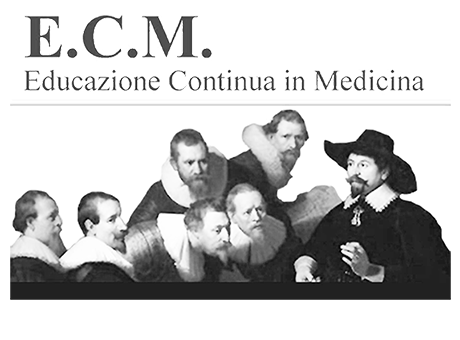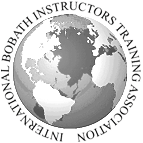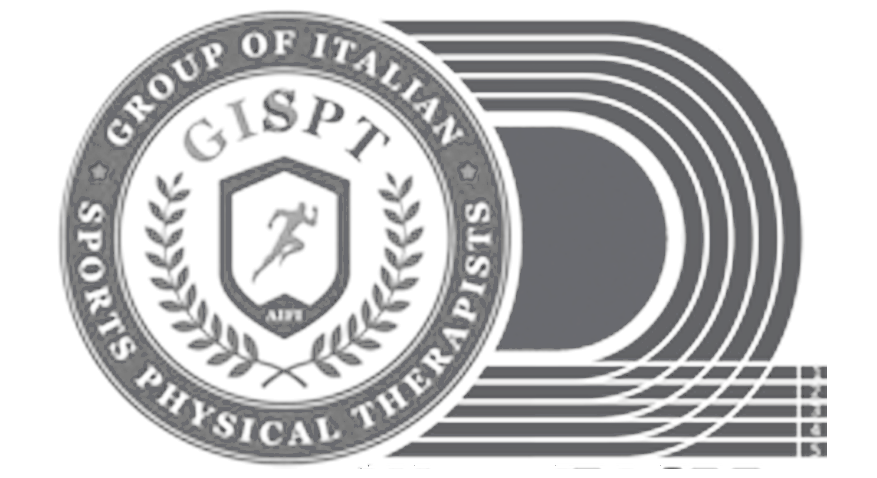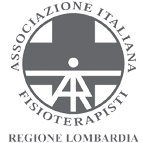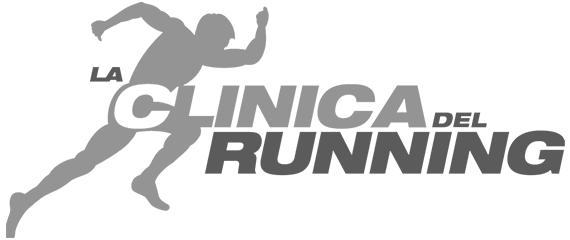March 8, 2025
EM382: Freezing of Gait: clinical and neurophysiological framing
-
Carola Cosentino
Freezing of Gait (FOG) is one of the most complex and unresolved symptoms that can occur in Parkinson's Disease. It is defined as the brief, involuntary and sudden inability to initiate or continue movement that results in the sensation, reported by patients, of having “their feet glued to the floor.”
The paroxysmal and unpredictable nature of FOG makes this symptom highly disabling, as it significantly impairs the patient's quality of life and increases the risk of falls.
From a rehabilitation perspective, what can enable the patient to better manage the symptom is the implementation of appropriate behavioral strategies, which fall into two main categories:
Preventive strategies: aim to optimize walking parameters to reduce the likelihood of the phenomenon occurring.
“Rescue” strategies: provide the patient with practical tools to overcome the motor blockage when it occurs.
To identify the most effective and tailored strategies, it is necessary to understand all the nuances of FOG. This workshop aims, therefore, to explore the phenomenon in depth, providing a detailed analysis that starts with the pathophysiological models proposed in the literature, goes through the various classifications of FOG, and concludes with an in-depth look at the possible triggers and modulators of the phenomenon, i.e., those factors that can increase or decrease the threshold of activation of motor block.
This overview will enable participants to learn the best ways to assess FOG, using both subjective and objective tools, and then to intervene with targeted treatments.
The workshop will include both theoretical lectures and a practical workshop, with the goal of providing comprehensive training that is applicable in clinical practice.
In collaboration with:

Intended for
Payments
- Deposit €190.00 within 7 days from the registration
- Balance €190.00 by date February 21, 2025
Calendar
language
Course Location: Brescia @Sala Formazione Edumed
Principal Lecturer: Carola Cosentino
With clinical support from Alba Magri and Monica Morelli
SCHEDULE
Day 1:
9:00-10:45 Lecture: Freezing of Gait: pathophysiology and symptom classification
10.45- 11.00 Coffee Break
11.00- 12.30 Lecture. How to assess FOG: subjective and objective assessment
12.30-13.00 Discussion, questions, comparison
13.00- 14.00 Lunch
14.00-14.45 Workshop: the evaluation of the patient with FOG.
14.45-15.00 Questions and discussion
15.00-15.15. Coffee break
15.15-17.30 Workshop: The physiotherapeutic point of view - Clinical overview and therapeutic proposals
17.30-17.45 Summary of learnings and conclusion of the day
Day 2:
9.00-10.45 Lecture. From literature to clinical practice: FOG-specific or FOG-relevant treatment?
10.45- 11.00 Coffee break
11.00- 12.30 Lecture. Behavioral strategies: preventive-strategy and rescue strategy
12.30-13.00 Discussion, questions, comparison
13.00- 14.00 Lunch
14.00-15.30 Practical workshop: how to make preventive-strategies effective
15.30-15.45 Coffee break
15.45-17.15 Practical workshop: how to make rescue-strategies effective
17.15-17.45 CME test and conclusion of the courseDay 1:
9:00-10:45 Lecture: Freezing of Gait: pathophysiology and symptom classification
10.45- 11.00 Coffee Break
11.00- 12.30 Lecture. How to assess FOG: subjective and objective assessment
12.30-13.00 Discussion, questions, comparison
13.00- 14.00 Lunch
14.00-14.45 Workshop: the evaluation of the patient with FOG.
14.45-15.00 Questions and discussion
15.00-15.15. Coffee break
15.15-17.30 Workshop: The physiotherapeutic point of view - Clinical overview and therapeutic proposals
17.30-17.45 Summary of learnings and conclusion of the day
Day 2:
9.00-10.45 Lecture. From literature to clinical practice: FOG-specific or FOG-relevant treatment?
10.45- 11.00 Coffee break
11.00- 12.30 Lecture. Behavioral strategies: preventive-strategy and rescue strategy
12.30-13.00 Discussion, questions, comparison
13.00- 14.00 Lunch
14.00-15.30 Practical workshop: how to make preventive-strategies effective
15.30-15.45 Coffee break
15.45-17.15 Practical workshop: how to make rescue-strategies effective
17.15-17.45 ECM test and conclusion of the course
